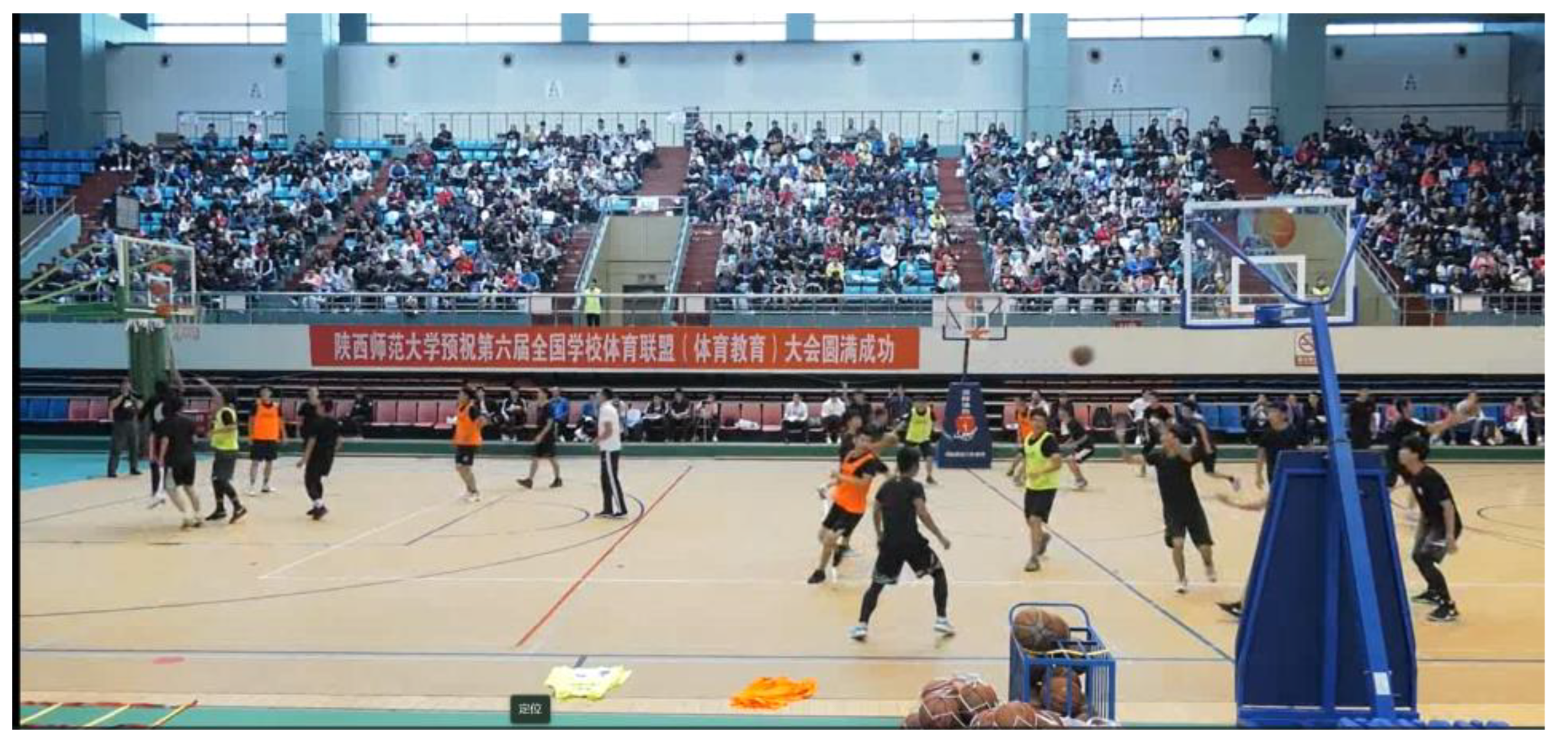Investigation into the Implementation of the Sports Education Model in University-Level Ball Sports Teaching
In recent years, the educational landscape has shifted towards more dynamic and inclusive teaching models that address both academic and physical development. The Sports Education Model (SEM) is one such framework gaining traction in university settings, particularly in the realm of sports education. This article explores the application of SEM in teaching ball sports at universities, focusing on its methodologies, benefits, and the various types of sports balls used to enhance educational outcomes.
Overview of the Sports Education Model
The Sports Education Model (SEM) is designed to provide students with an authentic, educational, and enjoyable sports experience. It aims to develop competent, literate, and enthusiastic sportspeople. SEM differs from traditional physical education by promoting student engagement through roles such as players, coaches, referees, and managers. This model not only focuses on playing the sport but also on understanding its culture, including rituals, ethics, and social interactions.

Application of SEM in Ball Sports
Ball sports, which include basketball, football, volleyball, and many others, provide a robust platform for the implementation of SEM in a university setting. These sports require teamwork, strategy, and physical skill, aligning well with the educational goals of SEM. Understanding and mastering the various types of sport balls used in these activities further enhances students' cognitive development and practical application of SEM principles.
Curriculum Integration: SEM can be integrated into the university curriculum by designing courses that combine theory and practice. These courses often include learning the rules of the game, the history of the sport, strategic thinking, and physical training.
Role Assignments: Students are assigned different roles that rotate throughout the course. For instance, a student might act as a coach, focusing on strategy and player development, while others play or officiate, thereby understanding various aspects of the sport deeply.
Seasonal Structure: Implementing a seasonal approach within the course schedule can mimic professional sports seasons. This structure includes periods of training, regular season games, playoffs, and championships, which all contribute to a comprehensive learning experience.
Assessment: Assessment in SEM isn't just about skill performance but also involves teamwork, understanding of rules, strategic execution, and the ability to reflect on both personal and team development.
Types of Sports Balls and Their Educational Impact
In the context of SEM, the choice of ball can significantly influence the teaching methodology and learning better outcomes. Different types of sports balls have unique characteristics and requirements that can aid in teaching various educational objectives:
Soccer Balls: Used primarily in football (soccer), these balls are designed to enhance foot skills, coordination, and spatial awareness. They are integral to teaching tactics in gameplay and teamwork.
Basketballs: Basketball requires a high degree of hand-eye coordination, precision, and strategic movement. Using basketballs in SEM can help focus on dribbling, shooting, and passing techniques, alongside promoting quick decision-making.
Volleyballs: This ball is lighter and requires a different set of skills, including serving, setting, and spiking. Volleyball teaches students about movement synchronization, positioning, and team dynamics.
Baseballs and Softballs: These balls are used in batting, catching, and throwing, each of which demands high concentration, coordination, and precision. They are excellent for developing fine motor skills and understanding the dynamics of force and trajectory.
Benefits of SEM in University Sports Education
Implementing the Sports Education Model in university ball sports teaching offers numerous benefits:
Enhanced Engagement: Students are more engaged when they play multiple roles and understand all facets of the game.
Improved Physical Fitness: Regular participation in sports improves overall physical health and skills.
Social Skills Development: Team sports foster communication, leadership, and conflict-resolution skills.
Life Skills: Beyond the field, the skills learned in SEM, such as strategic thinking, planning, and role adaptation, are transferable to students' personal and professional lives.
Conclusion
The application of the Sports Education Model in university-level ball sports teaching enriches the learning experience by making it more comprehensive, inclusive, and enjoyable. Through the varied use of different types of sports balls, students gain a rounded understanding of sports, enhancing both their physical abilities and cognitive skills. SEM prepares students not just to play sports but to understand, appreciate, and contribute to them in multiple capacities. As such, it offers a profound educational approach that aligns with modern educational goals and student needs.